How To Grow Ericaceous Plants In Your Garden
Introduction
Ericaceous plants are a diverse group of flowering plants that thrive in acidic soil. They include rhododendrons, azaleas, camellias, heathers, and blueberries, to name a few. Ericaceous plants are known for their beautiful flowers, colorful foliage, and evergreen habit. They can be grown in a variety of settings, including gardens, containers, and even indoors.
This blog post will provide you with everything you need to know about growing ericaceous plants in your garden. We will discuss the following topics:
- The different types of ericaceous plants
- The ideal growing conditions for ericaceous plants
- How to plant and care for ericaceous plants
- Common problems with ericaceous plants
Types of Ericaceous Plants
There are many different types of ericaceous plants, each with its own unique characteristics. Some of the most popular ericaceous plants include:
- Rhododendrons: These large, evergreen shrubs are known for their showy flowers, which come in a wide range of colors.
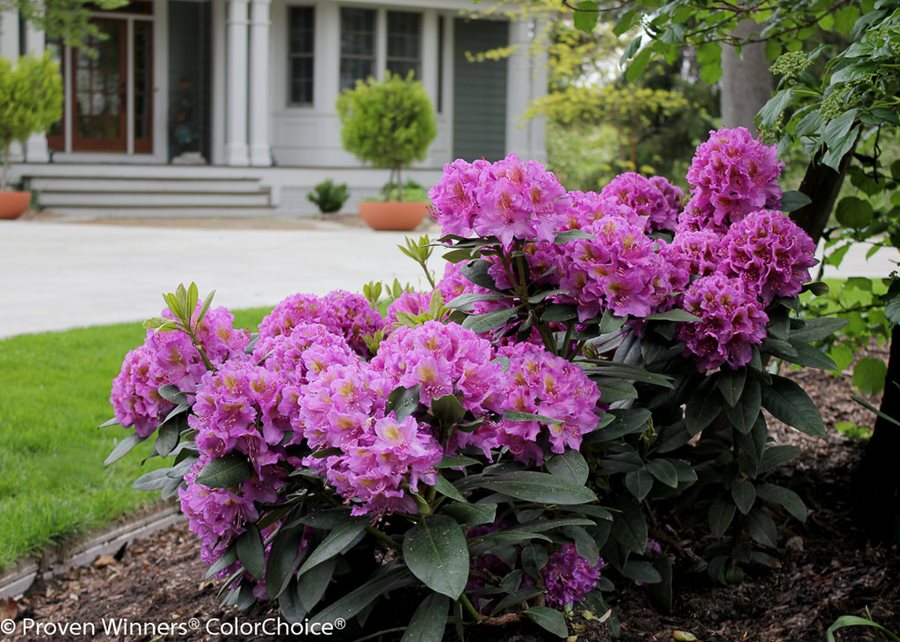
- Azaleas: These smaller, flowering shrubs are also members of the rhododendron family. They come in a variety of colors, including pink, white, red, and purple.
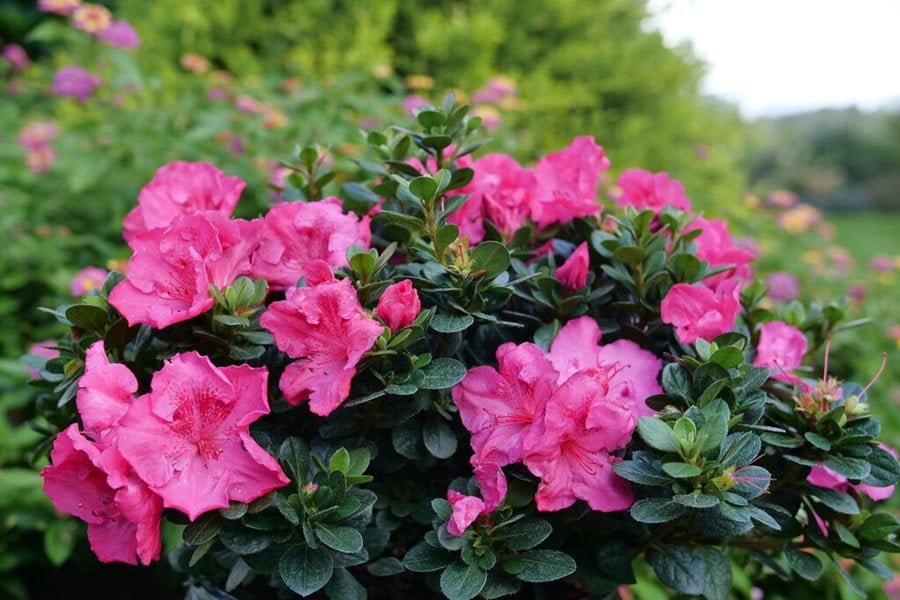
- Camellias: These evergreen shrubs are known for their large, fragrant flowers. They come in a variety of colors, including white, pink, red, and yellow.
- Heathers: These low-growing, evergreen shrubs are known for their colorful flowers, which come in a variety of colors, including pink, purple, white, and blue.
- Blueberries: These bushy shrubs are known for their delicious, blue-purple berries. They are also a good source of antioxidants.

Ideal Growing Conditions
Ericaceous plants thrive in acidic soil with a pH of 4.5 to 6.0. They also prefer moist, well-drained soil. If your soil is not acidic, you can amend it with peat moss or sulfur.
Ericaceous plants also prefer partial shade. They can tolerate full sun, but they may not flower as well.
Planting and Care
When planting ericaceous plants, it is important to choose a site that meets their needs. The site should have acidic soil, partial shade, and good drainage.
Ericaceous plants should be planted in the spring or fall. When planting, dig a hole that is twice as wide as the root ball of the plant. Backfill the hole with amended soil and water well.
Ericaceous plants do not require a lot of fertilizer. A light application of acid-loving fertilizer in the spring will help them thrive.
Ericaceous plants are susceptible to a few pests and diseases, including scale insects, aphids, and leaf spot. If you notice any problems, you can treat them with insecticidal soap or neem oil.
Common Problems
Some of the most common problems with ericaceous plants include:
- Soil pH: If the soil pH is not acidic enough, the plant will not thrive.
- Lack of water: Ericaceous plants need moist soil, so they should be watered regularly.
- Too much sun: Ericaceous plants prefer partial shade. If they are planted in full sun, they may not flower as well.
- Pests and diseases: Ericaceous plants are susceptible to a few pests and diseases, such as scale insects, aphids, and leaf spot.
Conclusion
Ericaceous plants are a beautiful and diverse group of plants that can add a touch of elegance to any garden. With proper care, they will thrive for many years to come.
Ericaceous plants are those that prefer acidic soil. They include rhododendrons, azaleas, heathers, and blueberries. If you are thinking of planting ericaceous plants in your garden, it is important to use ericaceous compost. This type of compost is specifically designed for acid-loving plants and will help them to thrive.
You can learn more about ericaceous plants and ericaceous compost by visiting Garden Wiki. This website has a wealth of information on ericaceous plants, including their care, cultivation, and pests.
FAQ of ericaceous
- What are ericaceous plants?
Ericaceous plants are those that prefer acidic soil with a pH of 4.5 to 6. They include a wide variety of plants, such as rhododendrons, azaleas, blueberries, heathers, and pieris.
- Why do ericaceous plants need acidic soil?
Ericaceous plants get their nutrients from the soil, and the nutrients they need are more readily available in acidic soil. In alkaline soil, the nutrients are bound up in minerals and are not as easily available to the plants.
- How do I know if my soil is acidic enough for ericaceous plants?
You can test the pH of your soil with a soil testing kit. These kits are available at most garden centers.
- What can I do if my soil is not acidic enough for ericaceous plants?
You can add peat moss, pine needles, or other acidic materials to your soil to lower the pH. You can also use ericaceous compost, which is specially formulated for acid-loving plants.
- How do I care for ericaceous plants?
Ericaceous plants need regular watering, especially during the summer months. They also appreciate a bit of shade, so avoid planting them in full sun.
- What are some common problems with ericaceous plants?
Common problems with ericaceous plants include chlorosis (yellowing of the leaves), leaf drop, and root rot. These problems can be caused by a variety of factors, including alkaline soil, lack of water, and pests.
- How can I prevent problems with ericaceous plants?
The best way to prevent problems with ericaceous plants is to plant them in the right soil and provide them with the right care. You should also inspect your plants regularly for pests and diseases.
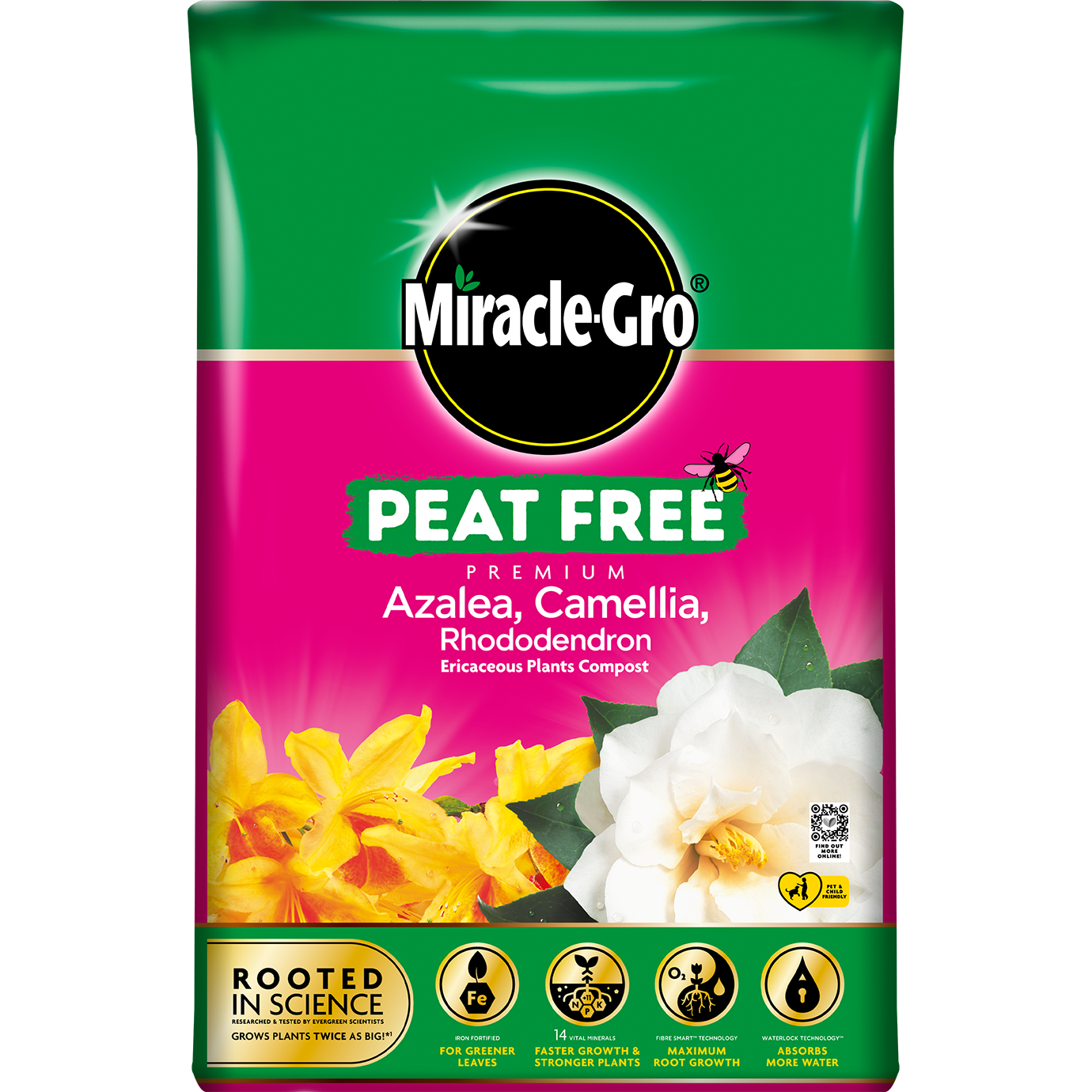
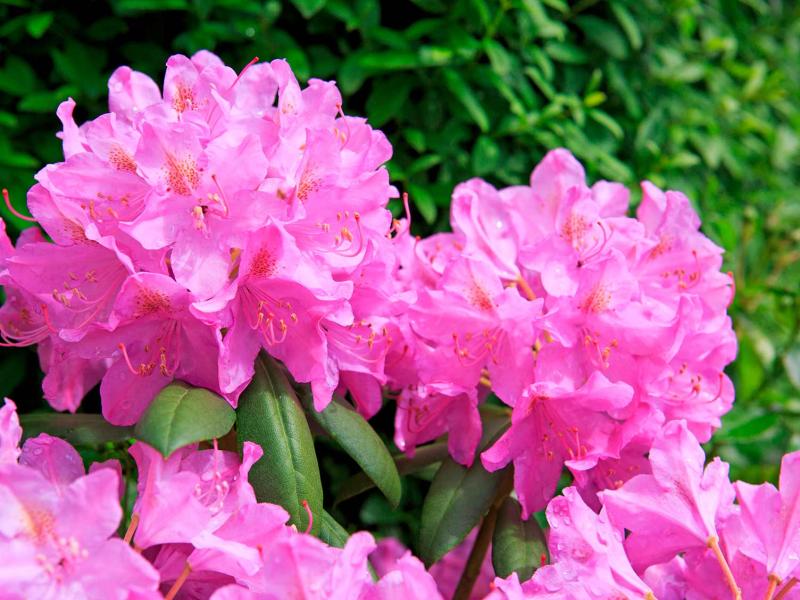





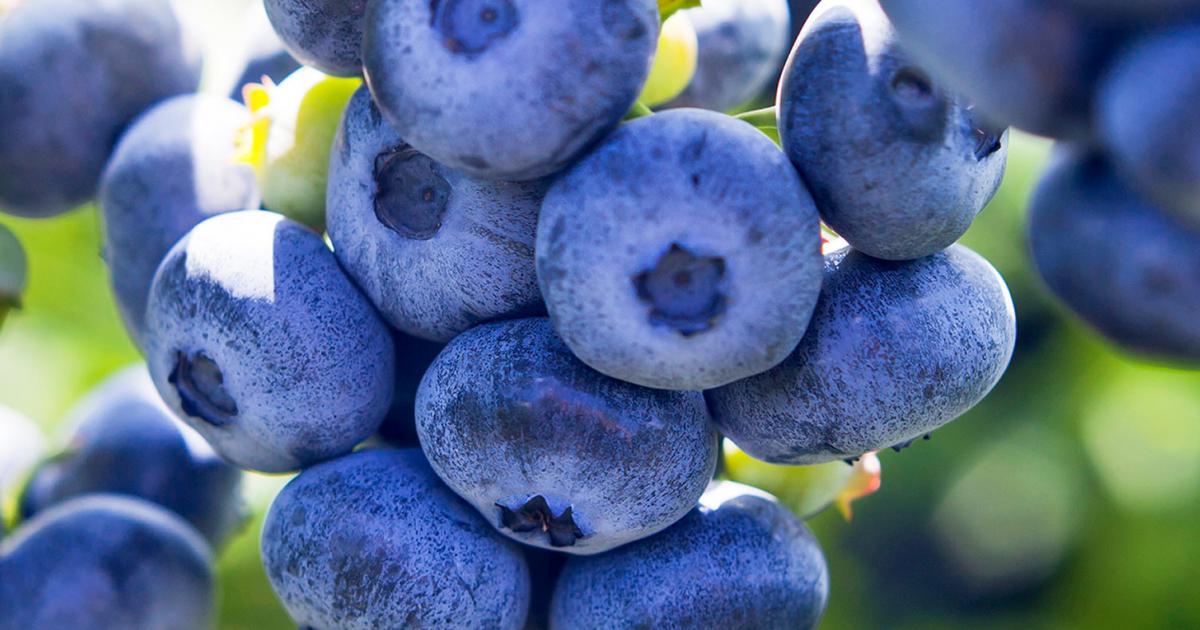
Post a Comment for "How To Grow Ericaceous Plants In Your Garden"